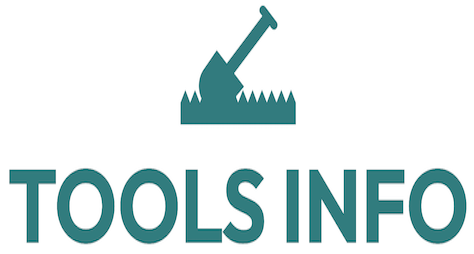Guide to Buying Oscillating Multi-Tools: Key Features and Accessories
Guide to buying oscillating multi-tools is essential for anyone looking to invest in a versatile power tool that can handle various DIY and professional tasks. These tools combine multiple functionalities into one compact unit, making them valuable additions to any toolbox. In this guide, we will explore the key features to consider, practical uses, essential accessories, and tips to help you make an informed decision.
What Is an Oscillating Multi-Tool?
An oscillating multi-tool is a versatile power tool that uses rapid oscillation (back-and-forth movement) to perform a wide variety of tasks such as cutting, sanding, scraping, grinding, and polishing. The tool’s compact design and interchangeable attachments allow it to tackle tight spaces and different materials efficiently.
Key Features to Look For
1. Power Source: Corded vs. Cordless
- Corded models often provide consistent power and higher torque, suitable for heavy-duty tasks where continuous operation is needed.
- Cordless models offer portability and convenience, ideal for jobs in remote locations or where mobility is critical. Battery runtime and voltage are important considerations here.
2. Speed Settings and Control
Variable speed control is important for precision and versatility. Different materials and applications require different speeds—for example, slower speeds for delicate sanding and faster for cutting through tougher materials.
3. Ergonomics and Design
Comfortable grip, lightweight build, and balanced weight distribution enhance user experience during extended use. Look for anti-slip handles and vibration reduction features that reduce fatigue.
4. Blade and Attachment Compatibility
Check for universal or quick-release blade systems. Compatibility with widely available accessories ensures you can easily find replacements or specialized attachments.
5. Durability and Build Quality
Tools built with high-quality materials and robust motor housings tend to last longer and withstand demanding environments.
Common Accessories for Oscillating Multi-Tools
Accessories greatly expand the utility of oscillating multi-tools. Here are some must-have attachments:
- Cutting Blades – Standard and plunge-cut blades for wood, metal, drywall, and plastic.
- Sanding Pads – Various grit options for smoothing surfaces or removing paint.
- Scrapers – Remove adhesives, paint, or caulking efficiently.
- Grout Removal Tools – Designed to safely remove grout lines between tiles.
- Polishing Pads – For finishing and buffing surfaces.
Practical Uses of Oscillating Multi-Tools
Oscillating multi-tools are valued for their versatility in both professional and DIY contexts. Examples of common uses include:
- Cutting door jambs or drywall for installations
- Removing grout or old caulking
- Sanding woodwork in tight or irregular spaces
- Scraping off old paint, glue, or adhesives
- Detail cutting for flooring, tiles, or metal
Tips for Choosing the Right Oscillating Multi-Tool
- Assess the frequency and types of jobs you plan to perform to determine required power and attachments.
- Consider battery life and recharge time if opting for a cordless model.
- Make sure the tool supports an easy, tool-free blade change system for efficiency.
- Look at user reviews focusing on durability and ease of use.
- Check warranty and customer service reputation to ensure post-purchase support.
Pros and Cons of Oscillating Multi-Tools
Pros
- Extremely versatile and multi-functional
- Suitable for precise and controlled cuts
- Compact size allows work in tight spaces
- Wide range of available attachments
- Handles multiple materials including wood, metal, and plastic
Cons
- Certain tasks may require specialized tools for optimal performance
- Battery-powered variants may have limited runtime
- Accessory replacement can become costly over time
- Learning curve for attachment changes and speed adjustments
Frequently Asked Questions (FAQ)
What materials can I cut with an oscillating multi-tool?
You can cut wood, metal, drywall, plastic, and more depending on the blade used. Specialty blades allow cutting nails or removing grout safely.
How often should I replace accessories?
Replacement depends on usage frequency and material toughness. Sandpaper and blades typically wear faster. Inspect regularly and replace if performance decreases.
Is an oscillating multi-tool suitable for beginners?
Yes, with proper guidance. Starting with basic attachments and lower speed settings helps beginners safely learn its functions.
Can I use the tool for heavy demolition work?
While useful for small demolition tasks, heavy-duty demolition may require more specialized tools designed for prolonged rugged use.
Conclusion
Guide to buying oscillating multi-tools reveals that selecting the right unit depends on understanding core features, accessory compatibility, and your specific project needs. By considering power source, ergonomics, and application versatility, you ensure your investment delivers long-term value and convenience. Oscillating multi-tools remain indispensable for their adaptability across many tasks, making them ideal for both professionals and DIY enthusiasts.
Want to learn more? Click HERE to explore related guides.
